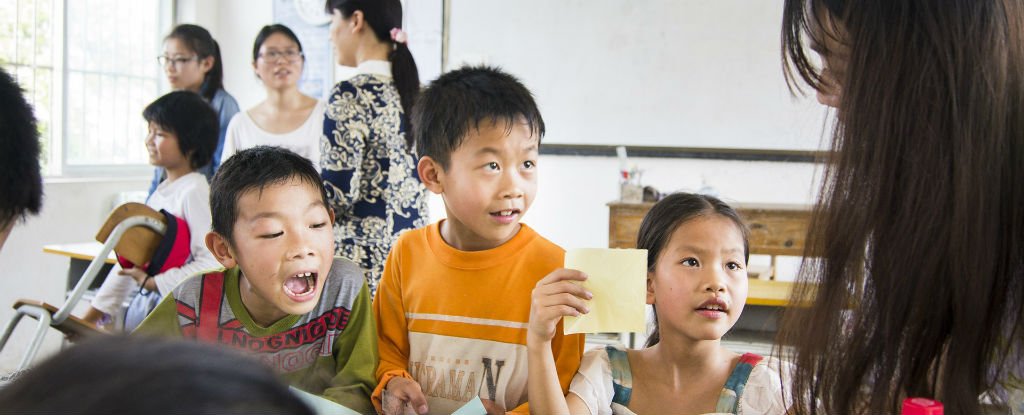
There’s no simple answer to what constitutes ‘smart’. These days, we’re inclined to think you can’t go by intelligence quotient (IQ) results alone, because while these tests are great for measuring separate mental faculties, an IQ number doesn’t seem to predict overall intelligence accurately enough.
Then there is also a measurement called general intelligence or ‘g factor’. It was first described by English psychologist Charles Spearman in 1904, and refers to the phenomenon that children who tend to do well at one subject also tend to excel at others; in simple terms, there is a positive correlation between kids’ performance in unrelated school tests, which is referred to as a ‘positive manifold’.
Now, if we want to search for the g factor, there are several international tests that gather data about school kids’ performance – usually looking at mathematics, science, and reading literacy specifically. Among two of the more reputable ones are TIMSS and PIRLS, both conducted by the US National Centre for Education Statistics to assess the performance of 4th-graders relative to their peers in 53 other education systems.
Another commonly cited and prestigious comparison system is PISA, which measures “the competencies of 15-year-olds in reading, mathematics, and science (with a focus on mathematics) in 65 countries and economies”, representing more than 80 percent of the world economy.
As it turns out, researchers have found these international comparison systems are actually quite good at measuring the g factor, thus if we want to find the smart kids, it’s not a bad place to look. So… what do these studies show?
According to the latest PISA from 2012, Shanghai-China students are the highest performers across the board, with above OECD-average scores in mathematics, reading, and science. You’ll also find super-smart kids in Singapore, Hong Kong-China, Japan, Korea, and Finland.
Meanwhile, if you add up the science, mathematics, reading, and literacy scores from the aforementioned TIMSS and PIRLS (the latest of which came out in 2011), Singapore comes out on top, followed by Hong Kong, Chinese Taipei, and Finland.
Test results on individual subjects are not the end-all and be-all, of course. Experts have attributed international test result differences to cultural attitudes when it comes to schooling. And none of the international systems cover 100 percent of the world’s school children – unfortunately, even in the countries surveyed, not every child gets to go to school.
And even if we trust the g factor, educational systems tend to vary dramatically around the world. For example, Finland is working on getting rid of individual subjects altogether, instead shifting focus to broad phenomena and topics. Who knows? This radical overhaul of the curriculum might see Finnish kids top international charts in a few years’ time.
smartest school kids? By SIGNE DEAN – AwomKennethawomkenneth.com/